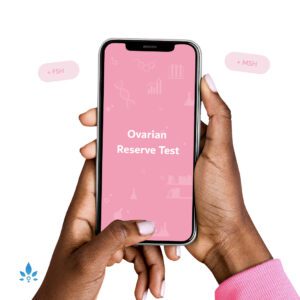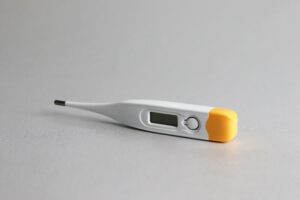The Risks of Pregnancy in Older Women


In today’s world, more women are choosing to delay childbearing until after their education is complete and their careers have been established. And we’ve all seen those stories in the media about women having babies even as late as in their fifties! But is this safe?
In the medical world, “advanced maternal age” (AMA) is defined as a woman who is over 35 years old when she has her baby. This age is significant because certain complications are more common after this age compared to younger women.
First and foremost, many women who choose to delay childbearing have to consider their fertility. We know that age-related fertility decline starts at age 32 and progresses more rapidly after age 37. As a woman ages, the quality of her eggs decreases while her risk of chromosomal abnormalities increases. Therefore, women who are having trouble conceiving and are 35 or older should have a fertility evaluation much sooner than their younger counterparts.
Older women tend to have more medical problems than younger women, and these can affect conceiving as well as make a pregnancy more high-risk. Conditions such as diabetes, hypertension, and thyroid disorders all occur more frequently in older women, so if you are in this group and plan on getting pregnant, be sure to have a preconception check-up first to make sure these potential issues have been evaluated.
Miscarriage is more common with advancing age as well. By the time a woman is 45, her risk of a miscarriage is approximately 90 percent. This is often due to the increased risk for chromosomal abnormalities. To put it in perspective, a woman who is 25 has a 1 in 476 chance of having a baby with a chromosomal abnormality, while a woman who is 40 has a risk of 1 in 66. Therefore, genetic testing should be discussed with all women but may be more important to a woman who falls in the older category.
Stillbirth, while rare, is still more common in older women; this is defined as fetal death after 20 weeks gestation. This rate is estimated at 4 per 1000 pregnancies in women aged 20–29, versus 10 per 1000 pregnancies in women older than 40.
Hypertensive disorders occur more commonly seen in older women. This includes preeclampsia. This can lead to growth restriction in the fetus and increase the risk of placental abruption and the need for a preterm delivery. Preterm delivery and the need for a C-section are also more common in women over 35 years of age.
It is absolutely possible to have a normal pregnancy and healthy baby after the age of 35. The most important thing is to be mindful of fertility changes as you age, and be sure to see your doctor or midwife before trying to conceive. Once you get pregnant, if you are AMA, you may need some additional testing and monitoring, but rest assured that many women pass these tests with flying colors.
Sources:
- The American Congress of Obstetricians and Gynecologists
- CO#589: Age-related fertility decline
- March 2014.
The American Congress of Obstetricians and Gynecologists - FAQ# 60: Later Childbearing.
The American Congress of Obstetricians and Gynecologists - PB#102: Management of stillbirth
- March 2009.
New England Journal of Medicine - Advanced maternal age—how old is too old?
Powered by Bundoo®













































